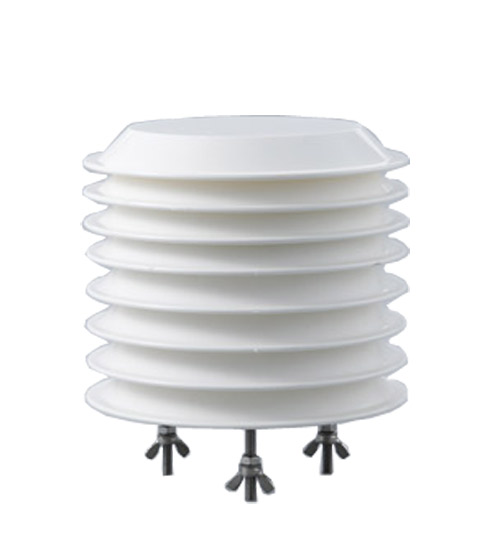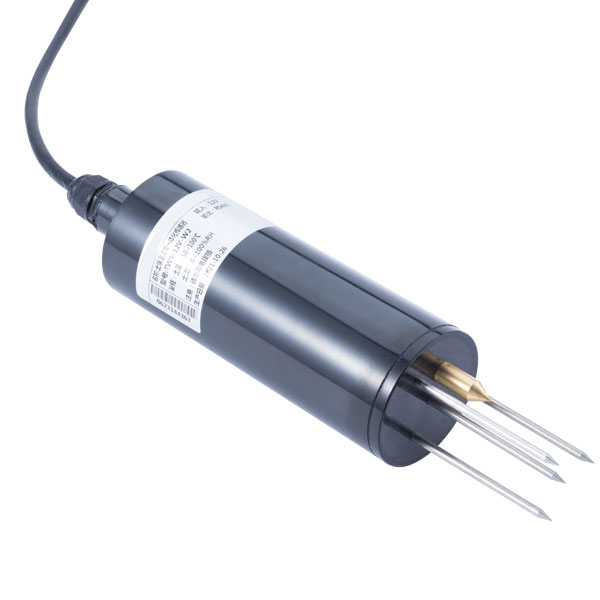

— Blogs —
—Products—
 Consumer hotline +8618073152920
Consumer hotline +8618073152920 WhatsApp:+8615367865107
Address:Room 102, District D, Houhu Industrial Park, Yuelu District, Changsha City, Hunan Province, China
Product knowledge
Time:2021-11-11 21:14:59 Popularity:1257
The difference between industrial routers and industrial switches
Now is the information age. With the progress of the times, the Internet is an indispensable part of people's lives. It usually consists of many different types of computer networks connected to each other. If several computer networks are physically connected together and they cannot communicate with each other, then this "interconnection" has no practical meaning. Therefore, when talking about "interconnection", it has been implied that these interconnected computers can communicate. That is to say, from the perspective of function and logic, the computer network has formed a large-scale computer network called the "Internet ".
router:
Router (Router), also known as the selector, is a device that realizes interconnection at the network layer. It is more complex than a network bridge and also has greater flexibility. The router has stronger heterogeneous network interconnection capabilities, and the connection objects include local area networks and wide area networks. The router has two typical functions, namely the data channel function and the control function. Data channel functions include forwarding decision, backplane forwarding and output link scheduling, etc., which are generally completed by specific hardware; control functions are generally implemented by software, including information exchange with neighboring routers, system configuration, system management, etc. .
Switch is a kind of network equipment based on MAC (hardware address of network card) identification, which can complete the function of encapsulating and forwarding data packets. The current switches are divided into:
Layer 2 switch, Layer 3 switch or higher layer switch. Layer 3 switches can also function as routers and have a faster forwarding rate than low-end routers. Its main feature is: once routing, multiple forwarding.
Some intermediate devices (or intermediate systems) are used to connect networks to each other, which are called relay systems. According to the level of the relay system, there can be the following five types of relay systems:
1. The physical layer (that is, the first layer, layer L1 that is often said) is a relay system, that is, a repeater.
2. The data link layer (that is, the second layer, layer L2), that is, the bridge or bridge.
3. The network layer (layer 3, layer L3) relay system, that is, 4G industrial routers.
4. The hybrid bridge of network bridge and 4G industrial router has the functions of network bridge and 4G industrial router.
5. The relay system above the network layer is the gateway.
When the relay system is a repeater, it is generally not called network interconnection, because this is only an expansion of a network, and this is still a network. High-level gateways are relatively complex and are currently used less. Therefore, when discussing network interconnection, it refers to a network interconnected by switches and 4G industrial routers. This article focuses on switches and 4G industrial routers and their differences.
For 4G industrial routers and switches, the main differences are reflected in the following aspects:
(1) Different levels of work
The original switch worked at the data link layer of the OSI/RM open architecture, which is the second layer, while the 4G industrial router was designed to work at the network layer of the OSI model from the beginning. Since the switch works on the second layer of OSI (data link layer), its working principle is relatively simple, while 4G industrial routers work on the third layer (network layer) of OSI, which can get more protocol information. Routers can make more intelligent forwarding decisions.
(2) The data forwarding is based on different objects
The switch uses the physical address or MAC address to determine the destination address of the forwarded data. The 4G industrial router uses the ID numbers (ie IP addresses) of different networks to determine the address for data forwarding.
The IP address is implemented in software and describes the network where the device is located. Sometimes these third-layer addresses are also called protocol addresses or network addresses. The MAC address is usually built-in by the hardware, assigned by the network card manufacturer, and has been solidified into the network card, and generally cannot be changed. The IP address is usually automatically assigned by the network administrator or the system.
(3) Traditional switches can only divide the conflict domain, not the broadcast domain; while 4G industrial routers can divide the broadcast domain
The network segments connected by the switch still belong to the same broadcast domain, and broadcast data packets will be transmitted on all network segments connected by the switch, which in some cases will cause communication congestion and security vulnerabilities. The network segments connected to the 4G industrial router will be assigned to different broadcast domains, and the broadcast data will not pass through the 4G industrial router. Although the switches above the third layer have VLAN functions, broadcast domains can also be divided, but communication between sub-broadcast domains cannot be communicated, and 4G industrial routers are still needed for communication between them.
(4) 4G industrial routers provide firewall services
4G industrial routers only forward data packets with specific addresses, and do not transmit data packets that do not support routing protocols and unknown target network data packets, which can prevent broadcast storms.
Switches are generally used for LAN-WAN connections. Switches belong to network bridges and are devices at the data link layer. Some switches can also implement layer 3 switching. 4G industrial routers are used for the connection between WAN and WAN, which can solve the problem of forwarding packets between heterogeneous networks and act on the network layer. They just accept incoming packets from one line and then forward them to another line. The two lines may belong to different networks and use different protocols.
In comparison, industrial-grade 4G routers are more powerful than switches, but the speed is relatively slow and expensive. Layer 3 switches have both the line-speed packet forwarding capability of the switch and the good control functions of 4G industrial routers. Can be widely used.
Sensors & Weather Stations Catalog
Agriculture Sensors and Weather Stations Catalog-NiuBoL.pdf
Weather Stations Catalog-NiuBoL.pdf
Related recommendations
Related products
 Atmospheric Temperature Humidity Pr···
Atmospheric Temperature Humidity Pr··· Soil Temperature Moisture Sensor 4-···
Soil Temperature Moisture Sensor 4-··· Air temperature, humidity and atmos···
Air temperature, humidity and atmos···
Screenshot, WhatsApp to identify the QR code
WhatsApp number:+8615367865107
(Click on WhatsApp to copy and add friends)